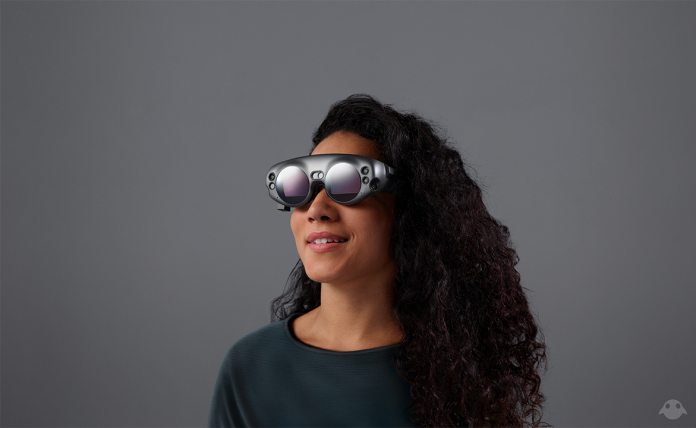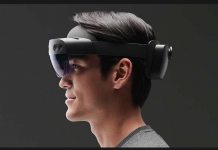Technical Preview builds of Unreal Engine 4 and Unity are also available, bringing spatial computing to game developers on their most familiar platforms. It should also let them port over existing projects so they won’t have to start from scratch. “Teaming up with the world’s leading 3D engine providers, Epic Games and Unity Technologies, opens a clear pathway to creating on the Magic Leap platform and puts spatial computing development within reach for developers familiar with these engines,” said a company spokesperson. The release follows the reveal of Magic Leap One last year. The company gave an early look at at the headset’s design but was limited in its software showcase. The Creators Portal should spur plenty of new experiences on the platform ahead of the platform’s full release this year.
HoloLens Differences
Magic Leap will support environment mapping, precision tracking, and soundfield audio to create immersive augemented reality experiences. However, unlike the HoloLens, it’s not bulky. The computing power is housed not in the headset but in a seperate, minature PC. Despite this, the Magic Leap still looks very sci-fi. It’s a cross between Willy Wonka and steampunk, and definitely isn’t the most attractive we’ve seen. However, with a full HoloLens release unlikely before 2019, Microsoft will face some serious competition. Regardless of who comes out on top, now is a great time to begin AR development. “We’ve said previously that if our technology was a rocketship, it’d be sitting on the launchpad. We think of today as welcoming new astronauts on our mission to mars,” says Magic Leap. “So, we encourage you to sign up, dig in and join us as we build the future together.”




